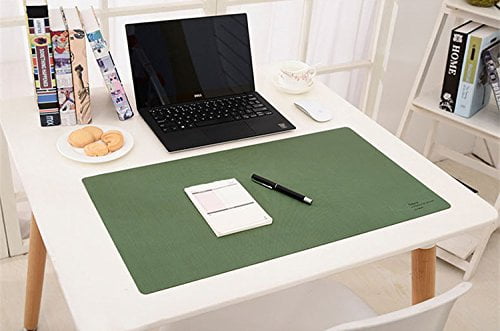
Early computers, and later the general purpose high throughput « mainframes», took up the space of a whole room. Prior to the widespread use of microprocessors, a computer that could fit on a desk was considered remarkably small the type of computers most commonly used were minicomputers, which, despite the name, were rather large and were "mini" only compared to the so-called " big iron".

As a result, the term "desktop" has been used retronymously to distinguish these cases from earlier, vertically oriented models. Since the mid-1990s, the majority of computer cases have been designed in a horizontally orientated form factor known as a " pizza box", also commonly referred to as a "desktop case". Personal computers with their cases oriented vertically are referred to as towers. The case may be oriented horizontally or vertically and placed either underneath, beside, or on top of a desk. The most common configuration has a case that houses the power supply, motherboard (a printed circuit board with a microprocessor as the central processing unit, memory, bus, certain peripherals and other electronic components), disk storage (usually one or more hard disk drives, solid state drives, optical disc drives, and in early models a floppy disk drive) a keyboard and mouse for input and a monitor, speakers, and, often, a printer for output.

#Desktop computer cover desk portable
A stylized illustration of a desktop personal computer, consisting of a case (containing the motherboard and processor), a monitor, a keyboard and a mouseĪ desktop computer (often abbreviated desktop ) is a personal computer designed for regular use at a stationary location on or near a desk (as opposed to a portable computer) due to its size and power requirements.


 0 kommentar(er)
0 kommentar(er)
